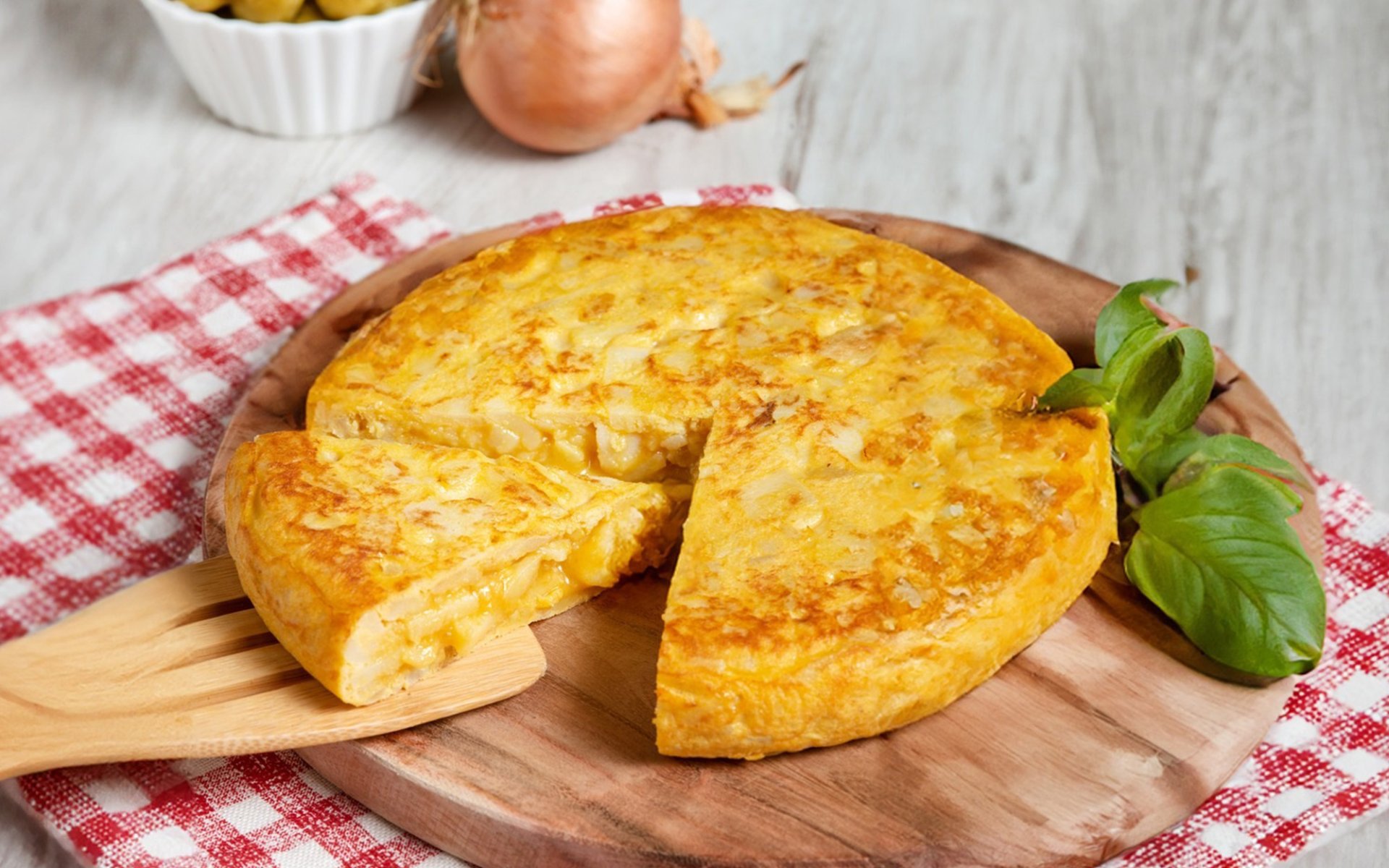Tortilla Española

Tortilla Española, also known as the Spanish Omelette, is a traditional dish that has been enjoyed for centuries. Made from simple ingredients like eggs, potatoes, onions, and salt, all staples readily available in Spain, Tortilla Española has become a beloved dish for locals and tourists alike. Today, Rimping Supermarket invites you to explore this essential part of Spain's food culture.
Tortilla Española: More Than Just an Omelette
Tortilla Española literally translates to "Spanish omelette". This specific designation is used to avoid confusion with the thin tortillas made from corn or wheat flour, which are a staple in Mexican cuisine. However, in Spain, if you simply say "tortilla," Spaniards will immediately understand you are referring to this classic Spanish omelette.
Origins from Scarcity to National Favorite
The origin of Tortilla Española is believed to be in a small village in Spain during the Carlist Wars in the 19th century. It is said that during this time, General Tomás de Zumalacárregui visited a rural village. The villagers were facing severe food shortages and did not have enough provisions to feed the general's troops.
In response, an ingenious Navarrese housewife used the few ingredients she had on handeggs and potatoesto create a new dish. This simple yet delicious Tortilla Española quickly gained popularity among the soldiers and villagers. It became a staple in Spanish households, commonly served as a main dish for lunch and dinner or as part of tapas, Spain's beloved small dishes.
Evolution and Variety: Adding Flavor and Creativity
Initially, Tortilla Española was a basic dish consisting of just eggs and potatoes, seasoned with salt. However, as its popularity grew and spread, it began to diversify across different regions of Spain. Some areas started adding onions for a touch of sweetness, while others included ingredients like peppers, salt cod (Bacalao), spinach, mushrooms, or chorizo sausage to enhance the flavor and texture, creating new and exciting variations.
In recent years, modern chefs have taken the traditional recipe of Tortilla Española and introduced even more diverse and innovative versions. These range from bite-sized portions served as tapas in bars and restaurants to gourmet preparations featuring premium ingredients and more complex culinary techniques. Additionally, vegetarian versions using ingredients like flour, chickpeas, and tofu have emerged, allowing those who don't eat eggs to enjoy a similar culinary experience.
Tortilla Española Today: A Fundamental Part of Spanish Culture
Today, Tortilla Española has become a fundamental cornerstone of Spanish gastronomy. It can be found everywhere from tapas bars and picnics to festivities and celebrations. Whether it's a family gathering or a national holiday, Tortilla Española is often an indispensable part of the menu. Its familiar taste, ease of preparation, and broad appeal make this Spanish omelette a beloved dish that continues to be cherished in Spanish households to this day.


